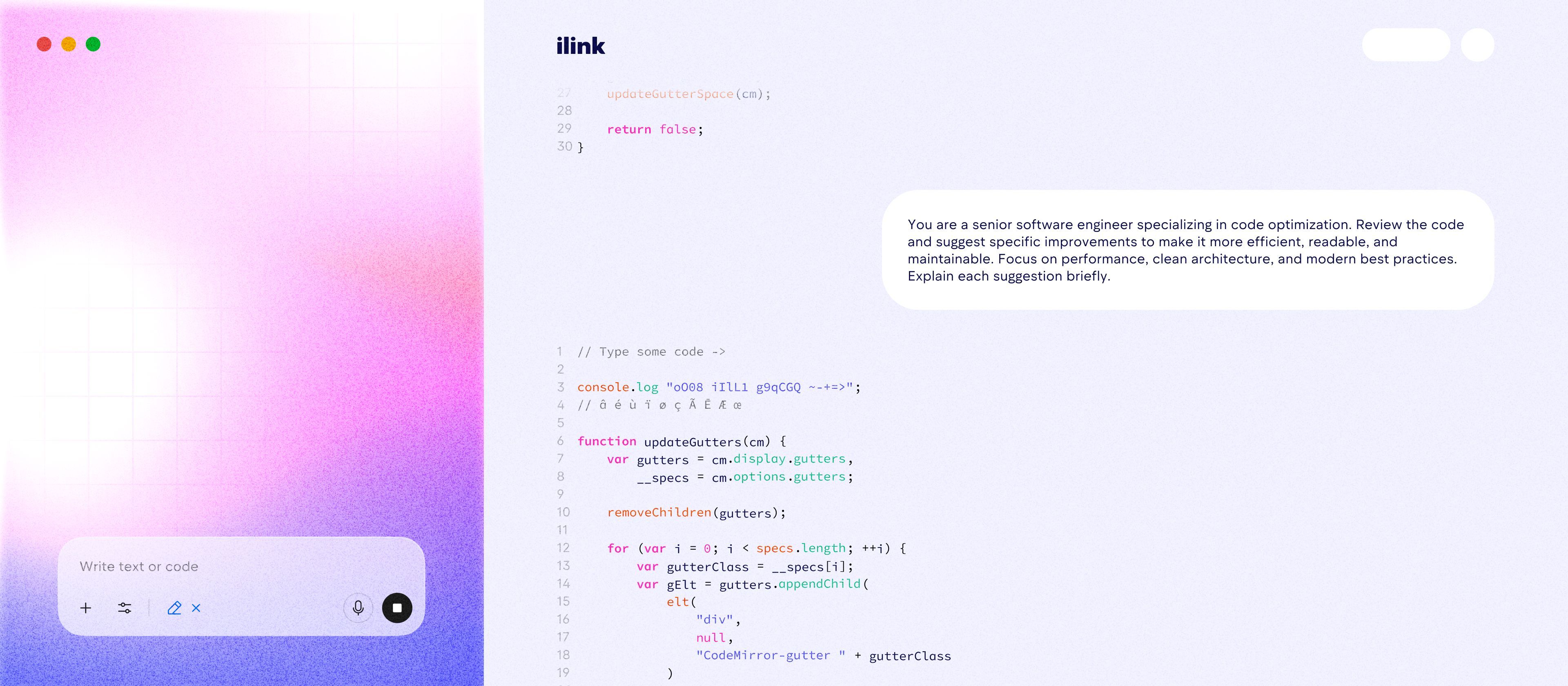The AI Development Life Cycle: From Idea to Intelligent Product
Introduction
Artificial intelligence has become a strategic advantage for companies aiming to automate processes, improve decision-making, and deliver smarter digital products. But an effective AI system requires much more than machine learning algorithms, it requires a clear, repeatable AI development life cycle that turns ideas into scalable solutions.
A well-structured AI software development life cycle helps teams manage data, train reliable models, ensure ethical operation, and achieve measurable results. Below is an expanded, example-driven breakdown of each phase.
What Is the AI Development Life Cycle?
The AI development life cycle is a systematic process for building AI systems from initial problem identification to continuous monitoring after deployment. Unlike traditional software projects, AI solutions depend on data quality, model training, and ongoing improvement.
A clearly defined AI software development life cycle ensures:
-
a predictable pathway from idea to deployment;
-
transparency in model behavior;
-
better accuracy and performance;
-
scalable integration with enterprise systems;
-
responsible and compliant use of data.
Whether it’s a chatbot, fraud detection engine, or predictive analytics platform, every AI product follows these core phases.
Phase 1: Problem Definition and Feasibility Analysis
This phase determines whether AI is the right tool and what value it will bring.
Key tasks:
-
Define the business problem and expected outcome;
-
Set measurable KPIs (e.g., reduce support response time by 40%);
-
Evaluate data availability and quality;
-
Choose the relevant AI technique (machine learning, NLP, computer vision, etc.);
-
Assess project feasibility from technical, ethical, and financial angles.
Examples:
-
A fintech company wants to detect fraudulent behavior → the team analyzes historical transaction patterns to determine if ML can outperform rule-based systems.
-
A telecom company needs automated support → feasibility confirms whether existing chat logs are sufficient to train an NLP agent.
-
A logistics company wants route optimization → mobility and GPS data are reviewed to ensure accurate predictions can be generated.
This step strengthens the foundation of the entire AI product development life cycle.
Phase 2: Data Collection and Preparation
High-quality data is the backbone of every AI system.
Key activities:
-
Gather raw data from APIs, IoT devices, databases, CRMs, or external datasets;
-
Clean and preprocess the data (remove errors, normalize fields, handle missing values);
-
Label or annotate data for supervised learning;
-
Design secure data pipelines;
-
Apply governance and compliance rules;
-
Detect and reduce bias in datasets.
Examples:
-
For a medical diagnostics model, thousands of X-rays are cleaned, categorized, and labeled by radiologists.
-
For a predictive sales model, historical sales records are merged with seasonal and regional data to improve accuracy.
-
For a computer vision app, product images are annotated (“cracked,” “scratched,” “valid”) to train classification models.
Quality data preparation increases the reliability of the entire AI model development process.
Phase 3: Model Development and Training
Now the AI model begins learning from data.
Key tasks:
-
Select algorithms (regression, random forest, CNNs, transformers, etc.);
-
Engineer features and build training pipelines;
-
Train the model using frameworks like TensorFlow or PyTorch;
-
Validate model accuracy with test datasets;
-
Tune hyperparameters for optimal performance;
-
Document models for reproducibility.
Examples:
-
A retail company trains a demand-forecasting model to predict weekly product stock.
-
A bank trains a classification model to identify suspicious transactions.
-
A manufacturing company trains a computer vision model to detect defects on a production line.
This stage forms the analytical heart of the AI software development life cycle.
Phase 4: Evaluation and Optimization
Before deployment, the model must be tested to ensure real-world reliability.
Key tasks:
-
Measure performance using metrics such as precision, recall, F1-score, and AUC;
-
Conduct stress and edge-case testing;
-
Compare multiple model versions;
-
Identify errors, data drift, or misclassifications;
-
Retrain or adjust the model to improve accuracy.
Examples:
-
A support chatbot is tested against unexpected questions to ensure language coverage.
-
A fraud detection model is tested on new datasets to ensure it catches emerging patterns.
-
A recommendation engine is evaluated to confirm it boosts click-through rates without bias.
Only after this phase is the model considered ready for production.
Phase 5: Deployment and Integration
Deployment moves the AI model from development environments into real-world applications.
Key tasks:
-
Convert the trained model into APIs or microservices;
-
Deploy on cloud infrastructure (AWS, Azure, Google Cloud);
-
Integrate with enterprise systems, mobile apps, or IoT devices;
-
Implement CI/CD pipelines for ongoing delivery;
-
Enable monitoring dashboards to track model performance.
Examples:
-
A sentiment analysis model is deployed as an API inside a CRM system.
-
A predictive maintenance model is integrated with IoT sensors on factory equipment.
-
A dynamic pricing model is connected to eCommerce platforms in real time.
This stage ensures the AI product is accessible, scalable, and ready for real-world use.
Phase 6: Monitoring, Maintenance, and Continuous Improvement
AI models must evolve as data changes and user behavior shifts.
Key tasks:
-
Monitor accuracy, latency, and usage patterns;
-
Detect data drift or concept drift;
-
Retrain the model using fresh datasets;
-
Update algorithms to maintain fairness and compliance;
-
Continuously optimize to improve speed and performance.
Examples:
-
A recommendation engine retrains weekly as new customer behavior data arrives.
-
A fraud detection model adapts monthly to emerging fraud tactics.
-
A conversational AI agent improves accuracy as more chat logs are collected.
This stage ensures long-term value throughout the AI development life cycle.
Why Choose ilink for Full-Cycle AI Product Development
ilink provides end-to-end expertise across the entire AI software development life cycle. From early discovery to deployment and continuous monitoring, the company combines AI, blockchain, and enterprise software engineering to deliver secure, scalable, production-ready AI products.
ilink’s team helps businesses design strategy, build custom AI models, integrate them into existing systems, and maintain long-term performance, ensuring every AI investment produces measurable ROI.
Comments (0)
Latest Posts
Modern banking technologies enable financial organizations to operate faster, reduce costs, and deliver a seamless digital experience that is becoming a major competitive advantage.
Understanding the mobile app development cost helps plan budgets effectively and ensures that your investment delivers measurable results.
Do You Have Any Questions?
Leave your details - we will contact you to answer all your questions




